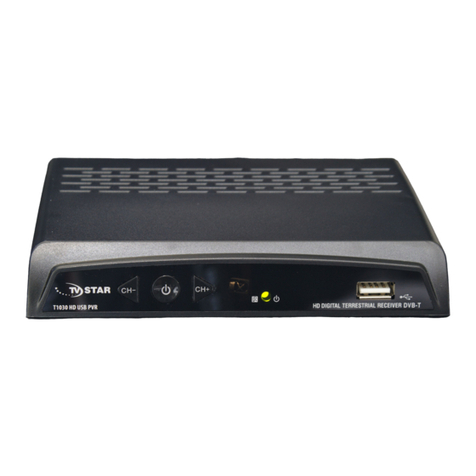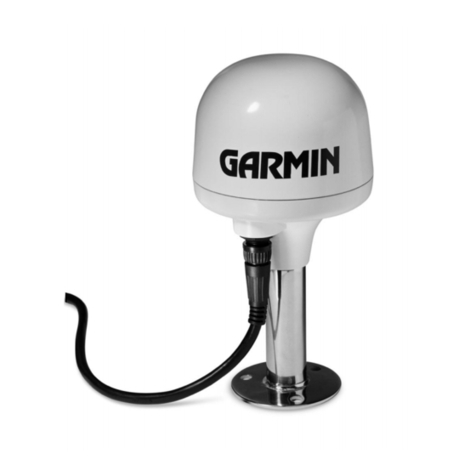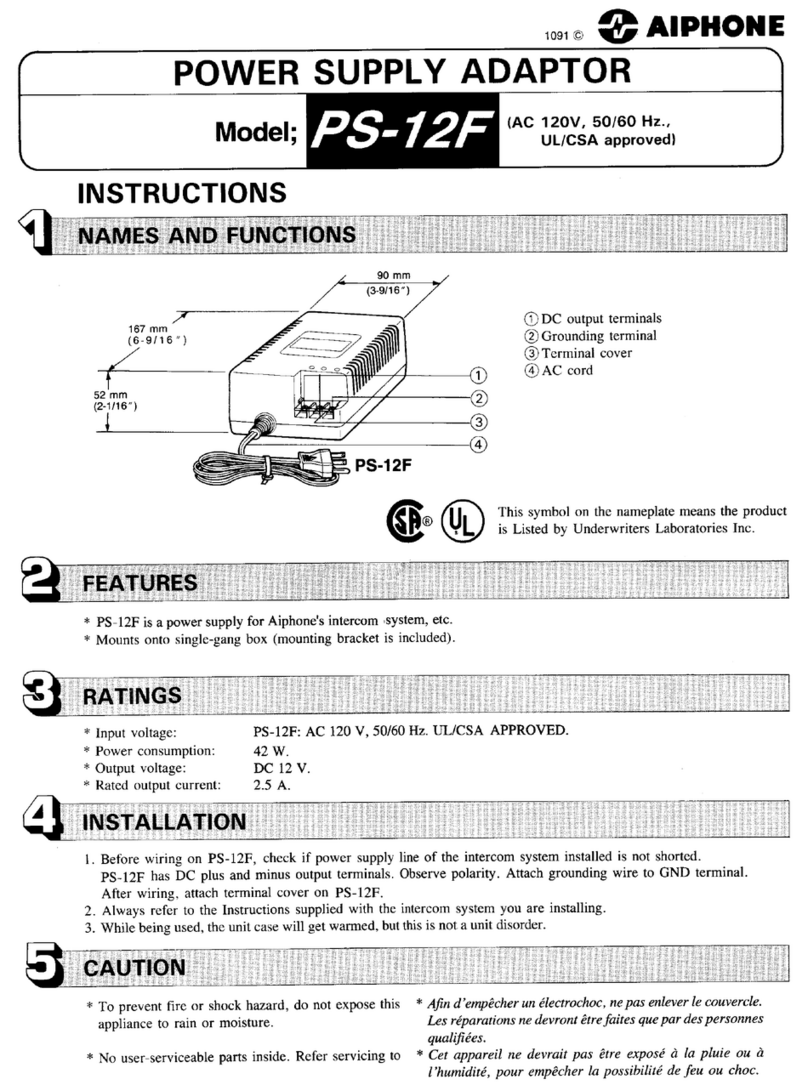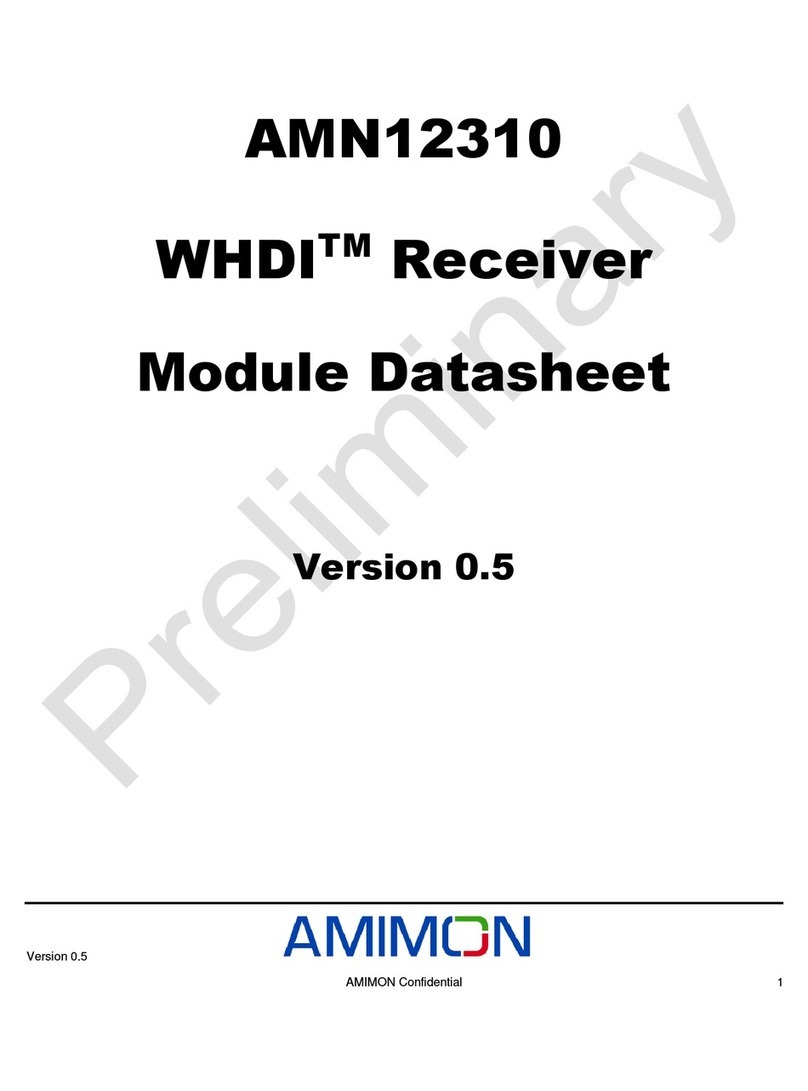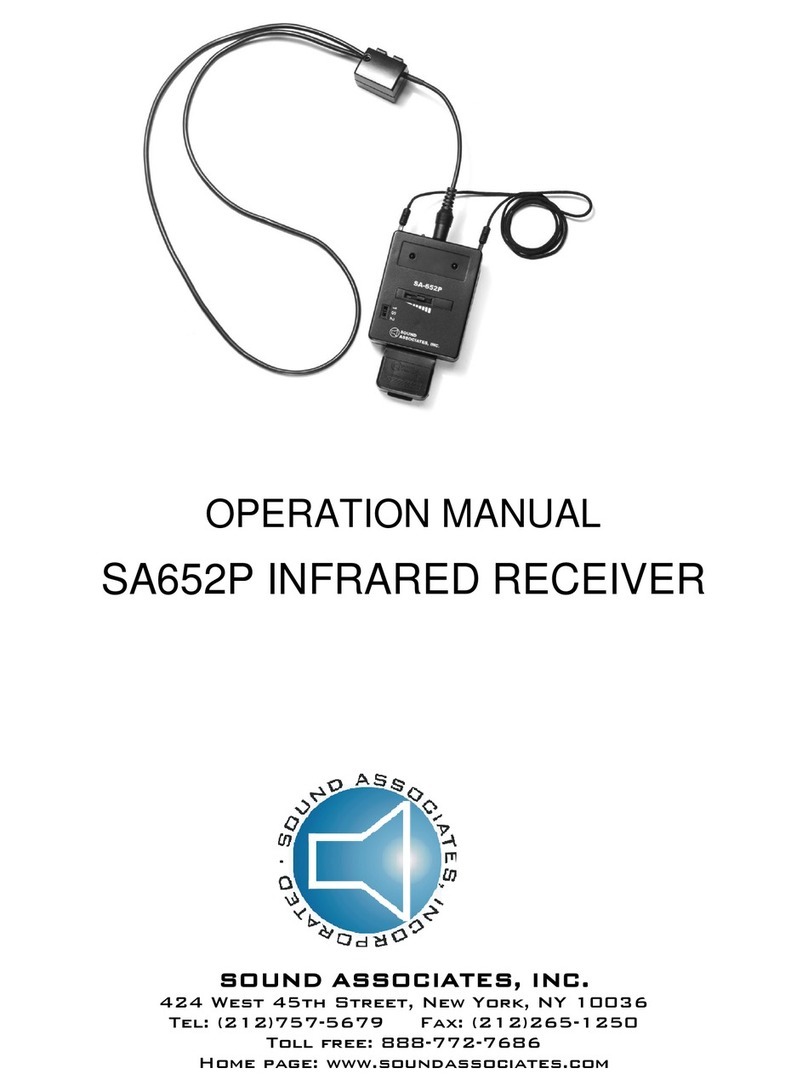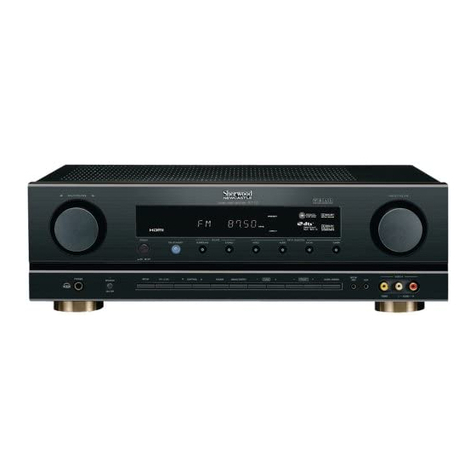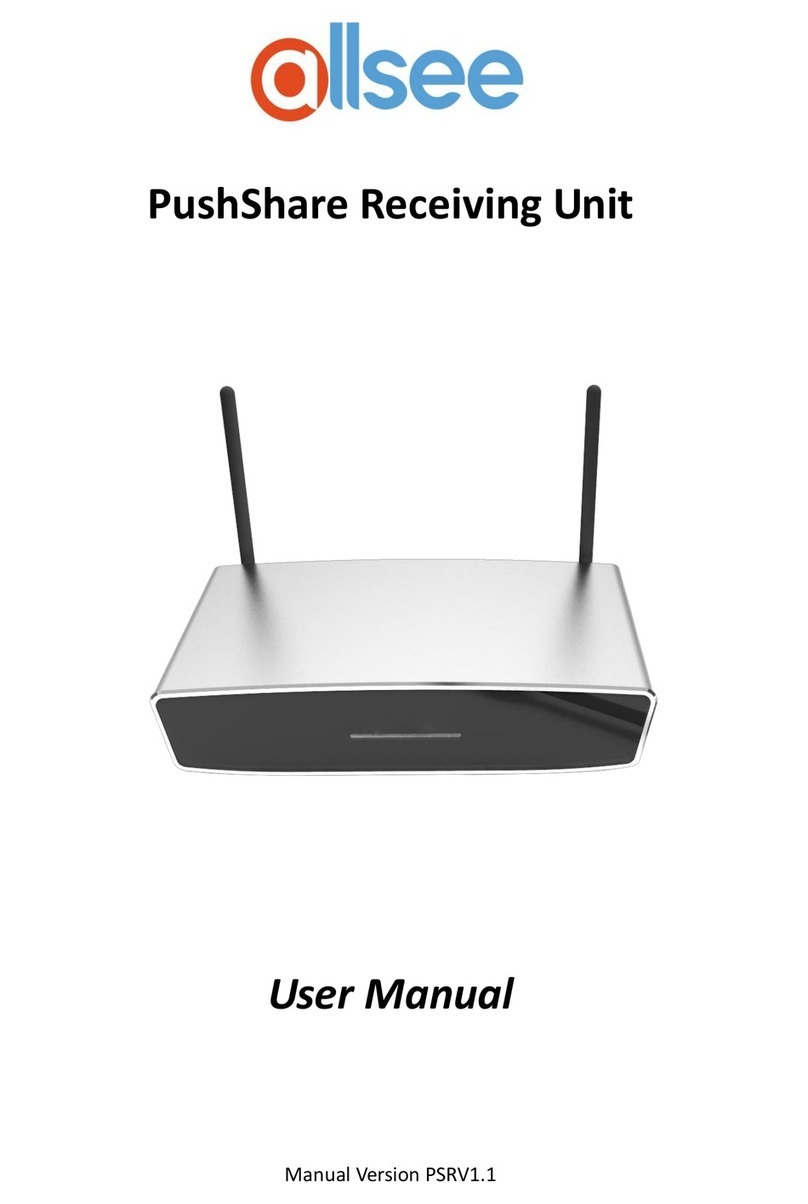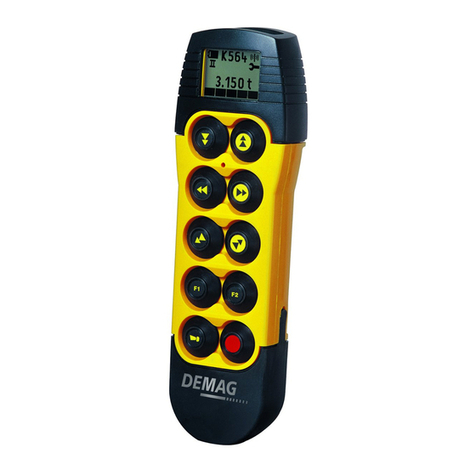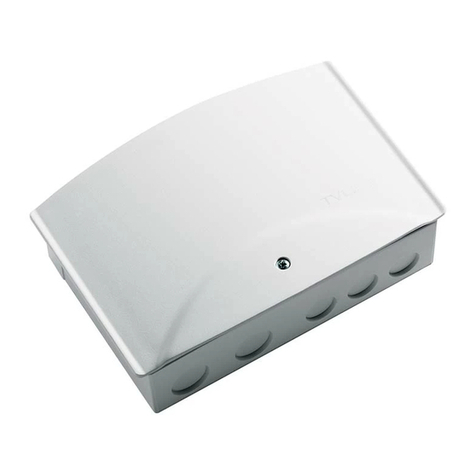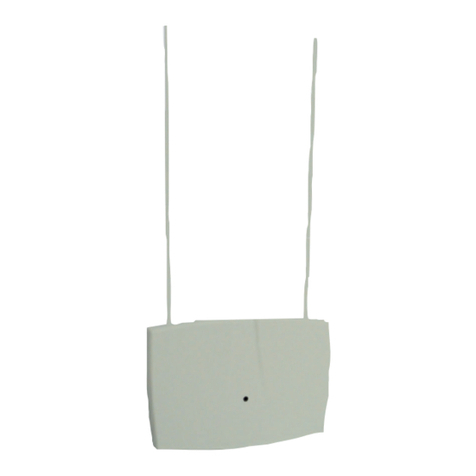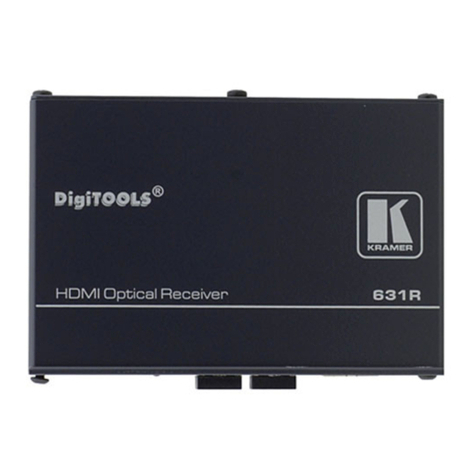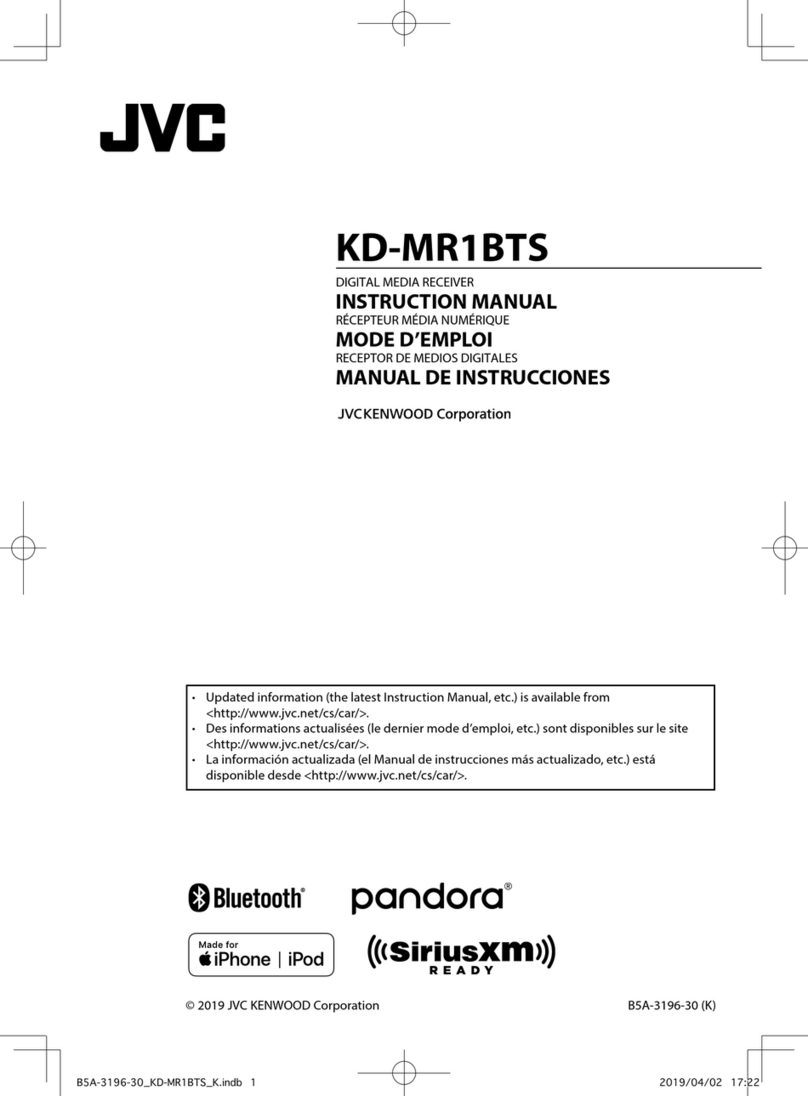User manual [English]
1
DVB-S RECEIVER TVSTAR S-3000 USB PVR
USER MANUAL
CONTENTS
1SAFETY PRECAUTIONS ...................................................................................................3
2REMOTE CONTROL...........................................................................................................5
3FRONT PANEL ...................................................................................................................7
4REAR PANEL......................................................................................................................7
5CONNECTING YOUR SYSTEM.........................................................................................7
6BASIC OPERATIONS.........................................................................................................9
6.1 TURN ON STB ................................................................................................................ 9
6.2 STANDBY MODE ............................................................................................................. 9
6.3 NEXT /PREVIOUS CHANNEL ............................................................................................ 9
6.4 VOLUME ......................................................................................................................... 9
6.5 NUMBER KEYS................................................................................................................ 9
6.6 MUTE ............................................................................................................................. 9
6.7 PAUSE ........................................................................................................................... 9
6.8 RECALL.......................................................................................................................... 9
6.9 FAV............................................................................................................................... 9
6.10 ZOOM........................................................................................................................... 10
6.11 AUDIO TRACK /AUDIO MODE ........................................................................................ 10
6.12 INFORMATION ............................................................................................................... 10
6.13 EPG ............................................................................................................................ 10
6.14 TV/RADIO ................................................................................................................... 10
6.15 CHANNEL LIST.............................................................................................................. 10
6.16 CHANGE SATELLITE...................................................................................................... 10
6.17 TELETEXT..................................................................................................................... 10
6.18 MULTIPICTURES ........................................................................................................... 10
6.19 RECORDING.................................................................................................................. 11
6.20 TIME SHIFT ................................................................................................................... 11
6.21 PICTURE IN PICTURE (PIP) ............................................................................................ 12
7CHANNEL..........................................................................................................................12
7.1 TV CHANNEL MANAGER ................................................................................................ 13
7.1.1 Group................................................................................................................................................. 13
7.1.2 Skip.................................................................................................................................................... 13
7.1.3 Edit..................................................................................................................................................... 13
7.1.4 Sort .................................................................................................................................................... 15
7.1.5 Favorite .............................................................................................................................................. 15
7.1.6 Find.................................................................................................................................................... 16
7.2 RADIO CHANNEL LIST.................................................................................................... 16
8INSTALLATION.................................................................................................................16
8.1 INSTALLATION............................................................................................................... 16
8.2 CA SETTING ................................................................................................................. 19
9SYSTEM ............................................................................................................................19
9.1 LANGUAGE ................................................................................................................... 19
9.2 TV SYSTEM .................................................................................................................. 20




